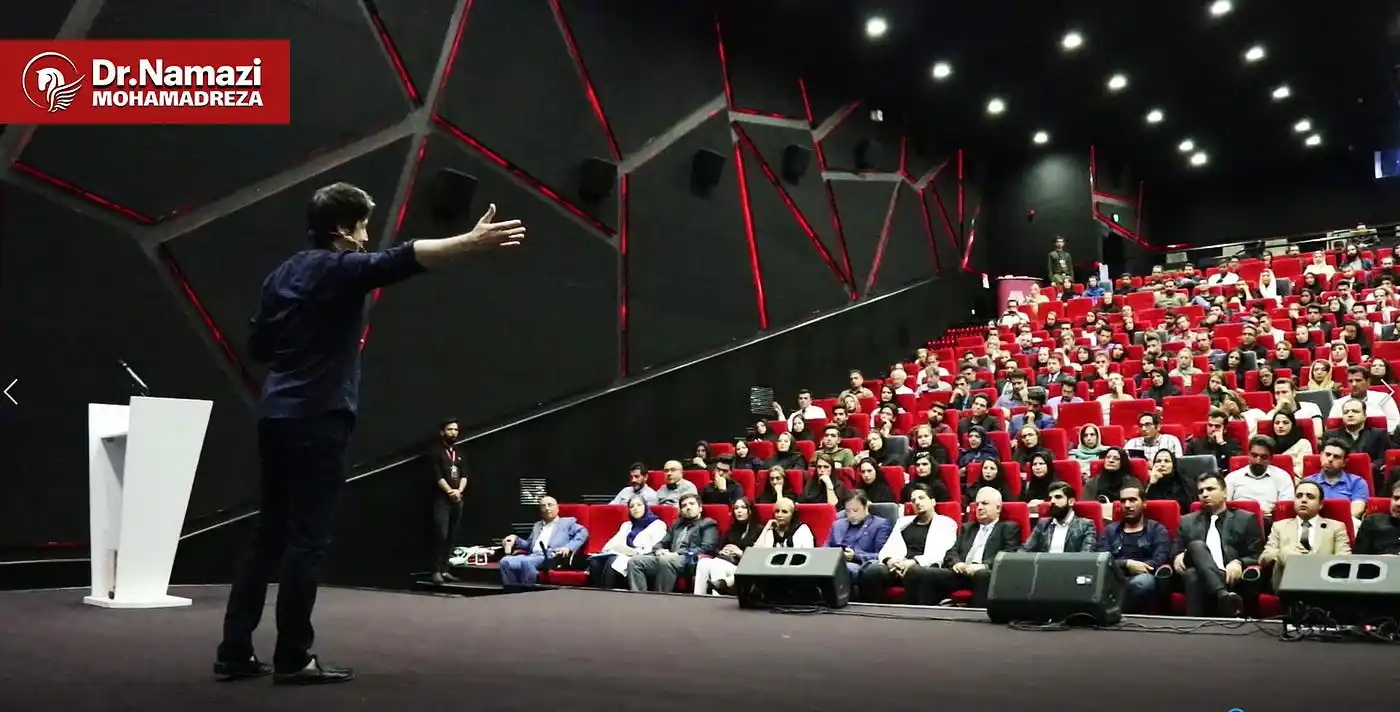Dr. Mohamadreza Namazi | University of Tehran
A Comparative Analysis of Leadership Styles in Organizations
Title: A Comparative Analysis of Leadership Styles in Organizations: From Autocracy to Transformational Leadership
Submitted On 18 January 2021 Author: Dr. Mohamadreza Namazi www.Drnamazi.com
Abstract
Leadership, as a pivotal element in organizational success, has consistently drawn the attention of management theorists and organizational behavior scholars. This article analytically examines the major leadership styles across the world and provides a comparative view of their advantages, disadvantages, and practical applications. Findings suggest that selecting a leadership style should consider organizational structure, industry type, team maturity, and organizational culture.
Introduction
In management literature, leadership is defined as a process through which an individual influences the behavior, attitudes, and performance of others toward achieving specific goals. Leadership style refers to the beliefs, attitudes, and managerial methods adopted by a leader in interactions with subordinates. Given its direct impact on organizational culture, employee motivation, and overall performance, understanding leadership styles is vital at various management levels.
Theoretical Framework
1. Autocratic Leadership
In this style, the leader makes decisions independently, and others are expected to implement them.
▪ Features: Centralized structure, high discipline, fast decision-making
▪ Weaknesses: Suppression of creativity, increased psychological pressure on employees
2. Democratic Leadership
This approach involves collective decision-making and team participation.
▪ Strengths: Higher job satisfaction, enhanced team spirit
▪ Challenges: Slower decision-making during critical situations
3. Transformational Leadership
According to Bass and Avolio, transformational leadership emphasizes intrinsic motivation, high human values, and shared vision to bring about profound organizational change.
▪ Key Dimensions: Inspirational motivation, idealized influence, intellectual stimulation, individualized consideration
▪ Outcomes: Higher organizational commitment, innovation, and employee satisfaction
4. Transactional Leadership
Based on defined agreements, rewards, and penalties, this style relies on social exchange theory.
▪ Application: Suitable for bureaucratic structures and stable environments
5. Charismatic Leadership
Leaders influence others through their personal charm and emotional connection.
▪ Strengths: High motivation, organizational mobilization
▪ Risks: Excessive dependency on the leader
6. Servant Leadership
This style prioritizes serving members and focuses on their growth and empowerment.
▪ Benefits: Increased trust and organizational loyalty
▪ Limitations: Less effective in result-oriented environments
7. Laissez-Faire Leadership
In this approach, the leader intervenes minimally and grants full autonomy to team members.
▪ Suitable for: Experienced and self-managed teams
▪ Drawbacks: Lack of supervision, role ambiguity
Conclusion
The findings indicate that effective leadership requires a deep understanding of environmental conditions, organizational structure, and team psychology. Transformational leadership stands out as one of the most effective styles due to its ability to inspire, empower, and create meaningful change. However, no single style fits all scenarios. Successful leaders should adopt a contingent and hybrid approach to maximize organizational performance and satisfaction.
References:
1. Bass, B.M. & Avolio, B.J. (1994). Improving Organizational Effectiveness through Transformational Leadership.
2. Northouse, P.G. (2021). Leadership: Theory and Practice.
3. Greenleaf, R.K. (1977). Servant Leadership: A Journey into the Nature of Legitimate Power and Greatness.

